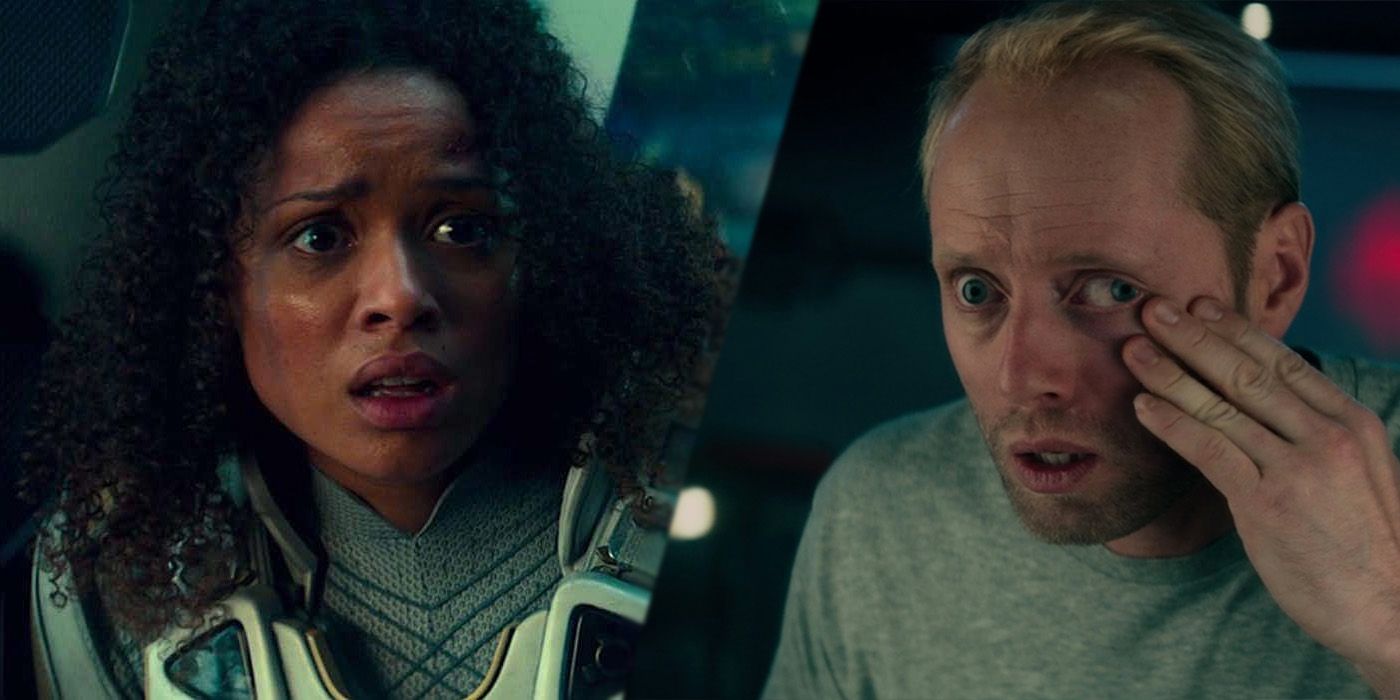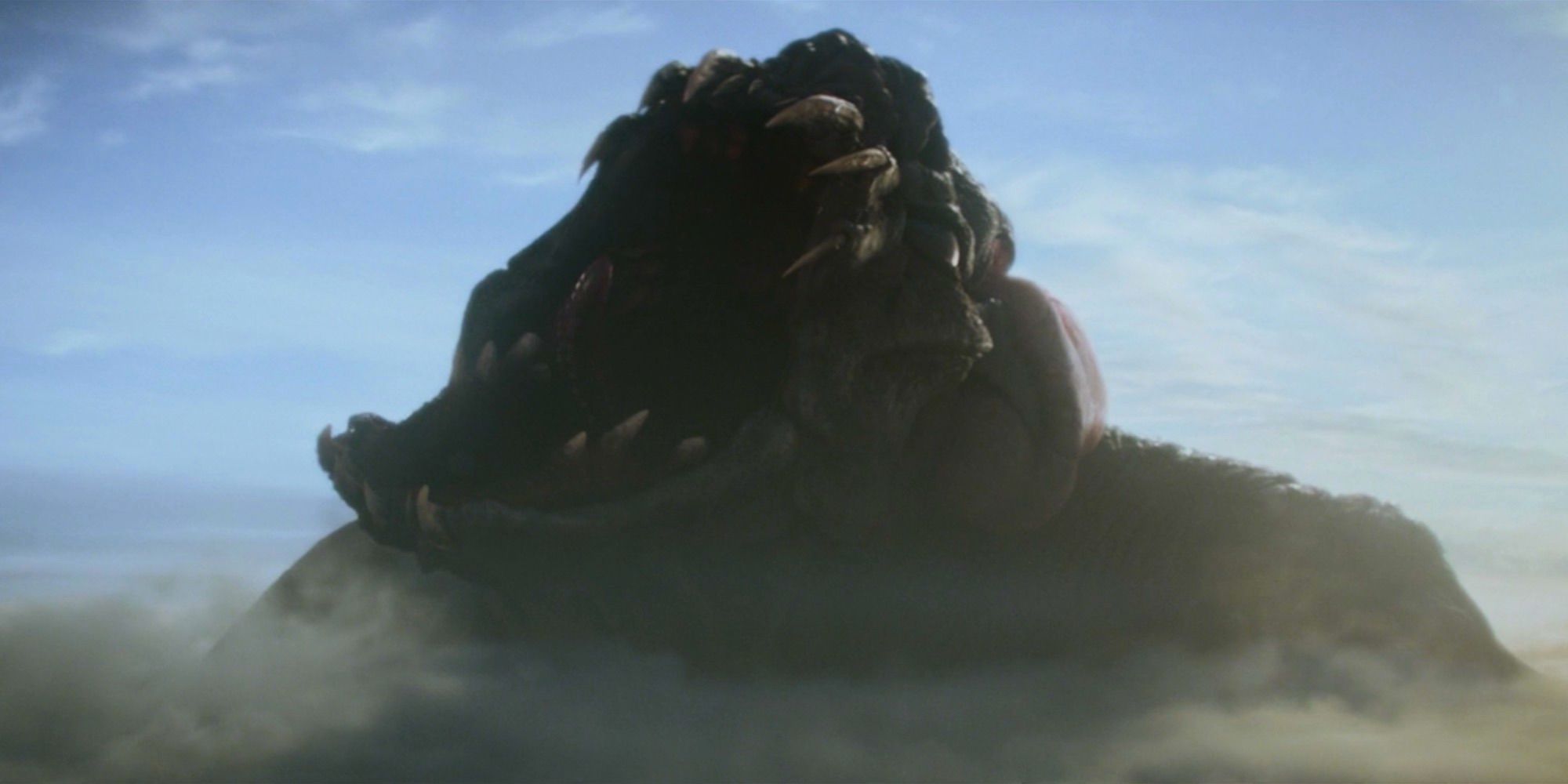-- SPOILERS for The Cloverfield Paradox lie ahead --
Producer J.J. Abrams and director Julius Onah have provided an explanation for the ending to The Cloverfield Paradox. Or something resembling an explanations, anyway. It's been just over three weeks since the third Cloverfield movie made its surprising debut on Netflix, just hours after its release was announced during the Super Bowl. Its out-of-nowhere release was a shock, but perhaps even more shocking was how deeply flawed and confusing the film itself was.
It's no secret that while the movie was in production, Abrams and his team came in to revamp the story in order to fit it into the Cloverfield universe, shoehorning in an alien invasion subplot to do so. The onscreen results weren't pretty -- the subplot didn't gel with the rest of the film particularly well, and the Clover monster's sudden appearance in the movie's final scene was as baffling as the film's unforeseen release on Netflix. Suffice to say, the last-minute changes that occurred behind-the-scenes were very evident in the final product, and they resulted in arguably the most confusing film Abrams has been involved with to date.
Related: Cloverfield Paradox - The Biggest Unanswered Questions
In a new interview with The Empire Film Podcast (h/t IGN), Abrams and director Julius Onah weighed in on the confusion and attempted to explain the ending. Two significant confirmations were made during the interview, the first of which being that the Clover monster we see at the end is indeed the one we first saw in Cloverfield, only a great deal larger. Onah also confirmed that Paradox takes place in a different timeline than the original film:
Now that we’ve had these multiple timelines have been opened and things are happening dimensionally, there’s many different ways for these things to play out. So there was a real fine connection to make with things dropping into the ocean that you see in the movie when they first realize they’ve landed in this other dimension. There’s still more possibilities that will come with more strands of the story.
Playing with alternate dimensions and different timelines in the same movie was an ambitious move, to say the least. Honestly, Onah sounds almost as confused as viewers are regarding the ins and outs of the Cloverfield franchise. Meanwhile, Abrams does his best to reassure fans that he wasn't merely hunting for a third Cloverfield movie when he reworked the in-production project (formerly known as God Particle) and that he was merely seizing what he believed to be an opportunity to expand the franchise into a new genre.
On the one hand you can say ‘well then anything anywhere could be a Cloverfield movie,’ but the intention has never been to take a movie and then slap Cloverfield on it. The idea was to say Cloverfield is a kind of umbrella, you know, under which all of sorts of genres and thrill rides can take place."
Unfortunately, Onah and Abrams don't spend much time addressing more specific questions fans had about the film's final act (ie why is the monster so much bigger? How many timelines and realities are we dealing with here? Will Paradox's ending be addressed in future Cloverfield films?). For now, those questions remain unanswered. We can only hope that Cloverfield 4, aka Overlord, dials down the confusion and focuses more on delivering an enjoyable movie.
Next: The Cloverfield Paradox Ending Explained
Sources: The Empire Film Podcast, IGN


